Keywords in Go

Keyword - Keywords are words in a language that are used for some internal processes or represent some predefined actions. Here is what you need to know about keywords in Golang.

Keyword - Keywords are words in a language that are used for some internal processes or represent some predefined actions. Here is what you need to know about keywords in Golang.
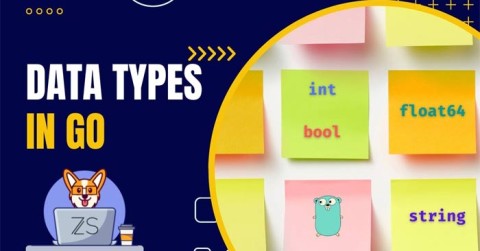
Data types specify what type of data a valid Go variable can hold. In the Go language, types are divided into four categories as follows:

Go supports two main ways to pass arguments: Pass by Value and Pass by Reference. Go uses pass by value by default.

In Go language, you are allowed to return multiple values from a function, using the return statement. In other words, in a function, a return statement can return multiple values.
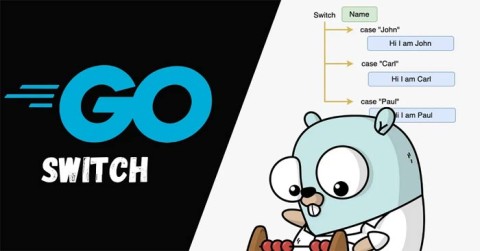
Golang like most other programming languages has switch statement. Here is how to use switch statement in Golang.

In this article, we will learn how to use default case to avoid deadlock. But first, we will learn what is deadlock case when using select command in Golang?

Anonymous structs in Golang are temporary structures with no names used for one-time purposes, while anonymous fields allow embedding of unnamed fields.

What is Rune in Golang? How to use Rune in Golang? This article will give you the answer.
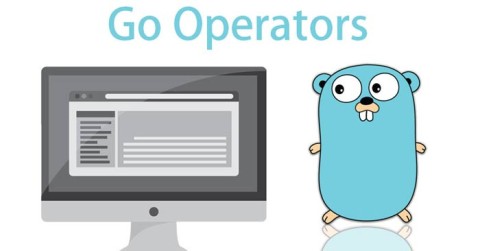
Operators allow us to perform different types of operations on operands. In Go language, operators can be classified based on their different functions.

_(underscore) in Golang is called Blank Identifier. Identifier is a user-defined name of program elements used for identification purposes.

Hello, World! is the first basic program in any programming language. You can write this first program in Golang by following the steps below.
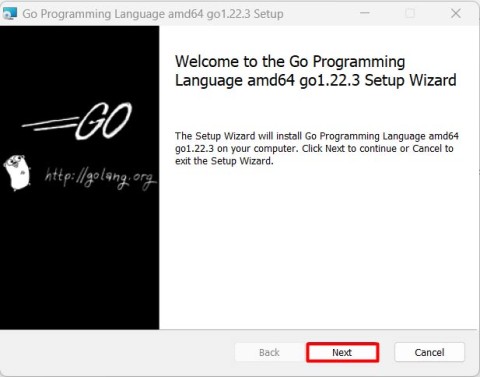
Golang can be easily installed on Windows. Here is a step-by-step guide to install Golang on Windows.
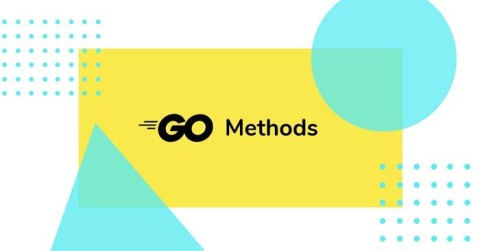
Golang allows creating two or more methods with the same name in the same package, but the receivers of these methods must be of different types.

In Go, functions are blocks of code that perform specific tasks, which can be reused throughout the program to save memory, improve readability, and save time.

The scope of a variable in Golang determines which part of the program the variable is accessible to. In Go, all identifiers have a lexical scope that is determined at compile time.
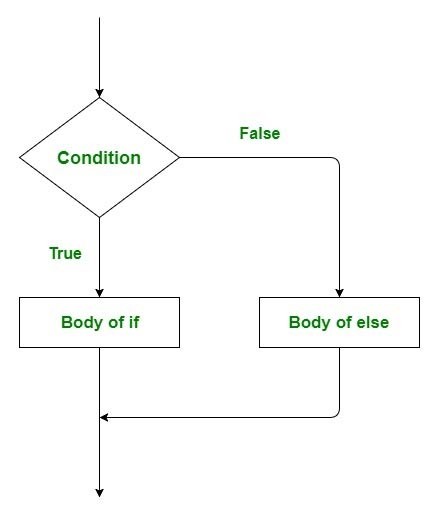
What conditional statements does Golang have? How to use conditional statements in Go programming? Let's find out together!

The short variable declaration operator (:=) in Golang is used to create variables with a proper name and initial value. Here is what you need to know about the short variable declaration operator in Golang.
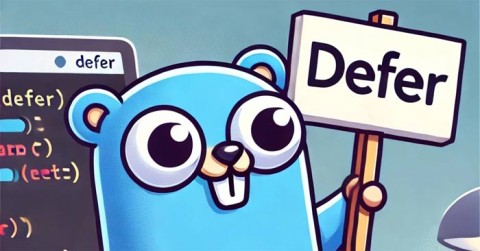
In Go, defer statements delay execution of a function or method or an anonymous method until the nearby functions return.
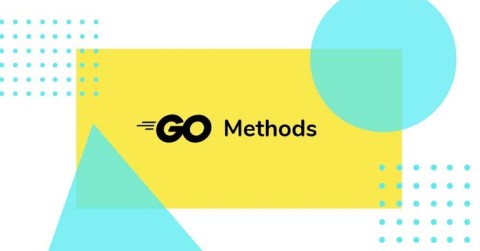
Methods in Golang are like functions but with one major difference: they have a receiver argument, which allows access to the properties of the receiver.
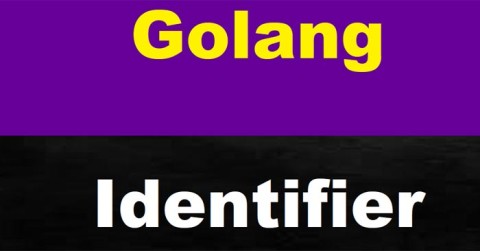
In Go language, Identifier can be a variable name, function name, constant, statement label, package name or type. Here is what you need to know about using Identifier in Golang.

Go language has two special purpose functions and those functions are main() and init(). Here are the things to know about using main() and init() functions in Golang.

Anonymous functions in Go are very useful. Below is the syntax, usage and example of using anonymous functions in Golang.
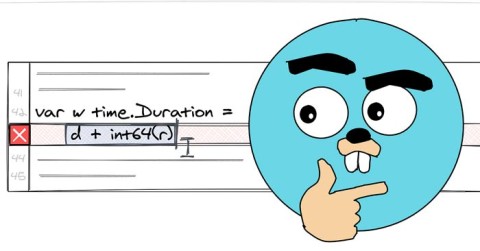
The var keyword in Golang is used to create variables of a specific type with a specific name and initial value. Initialization is optional at the time of declaring the variable using the var keyword in Golang
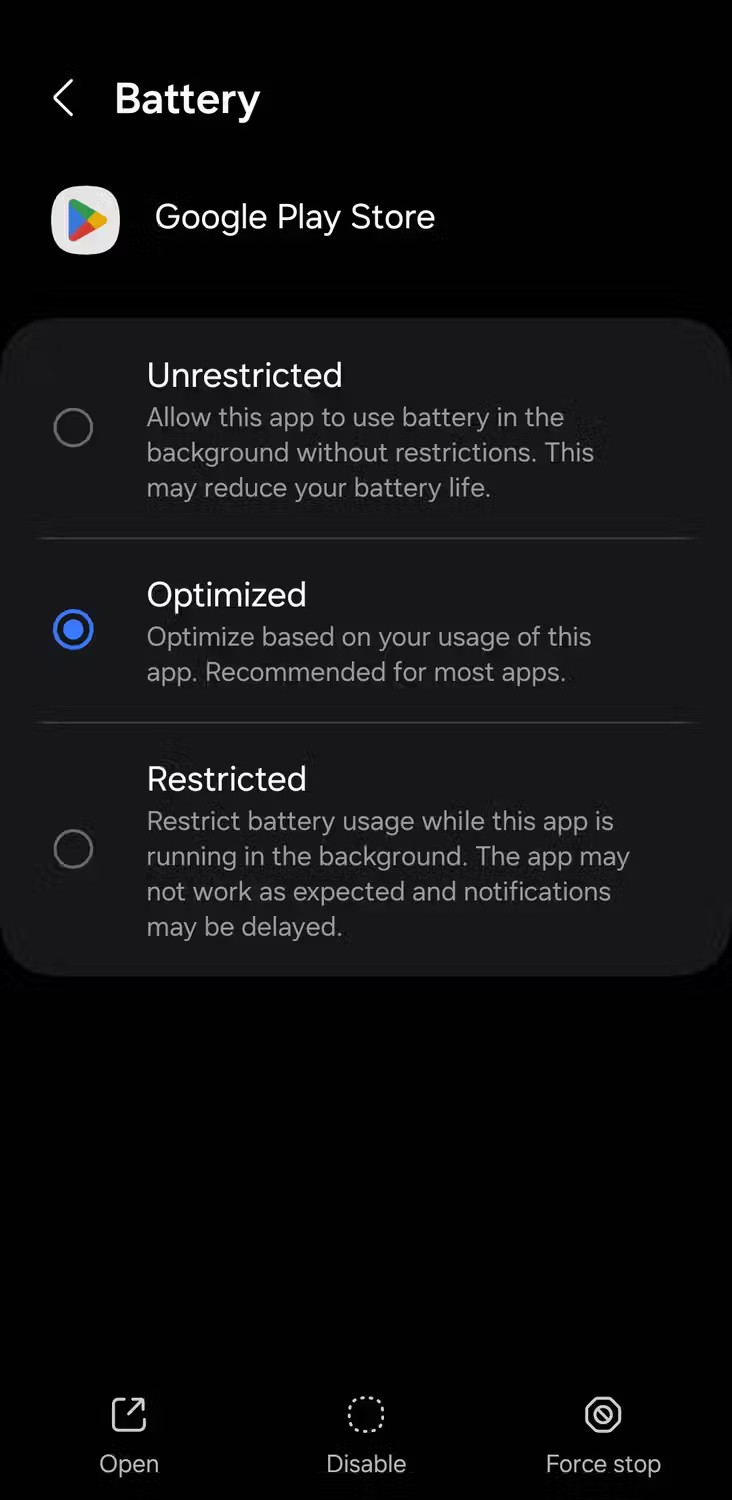
Go language allows nested structures. A structure that is a field of another structure is called Nested Structure.